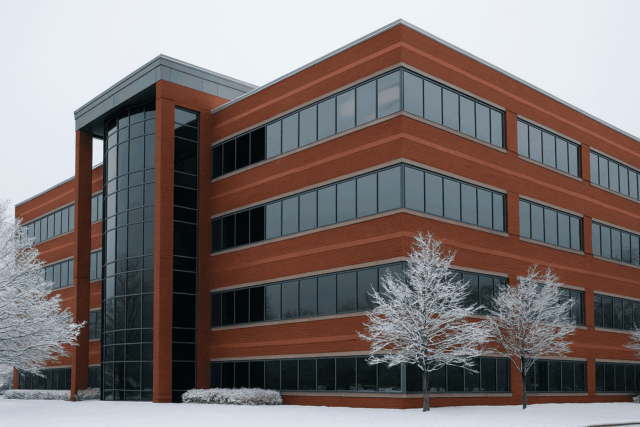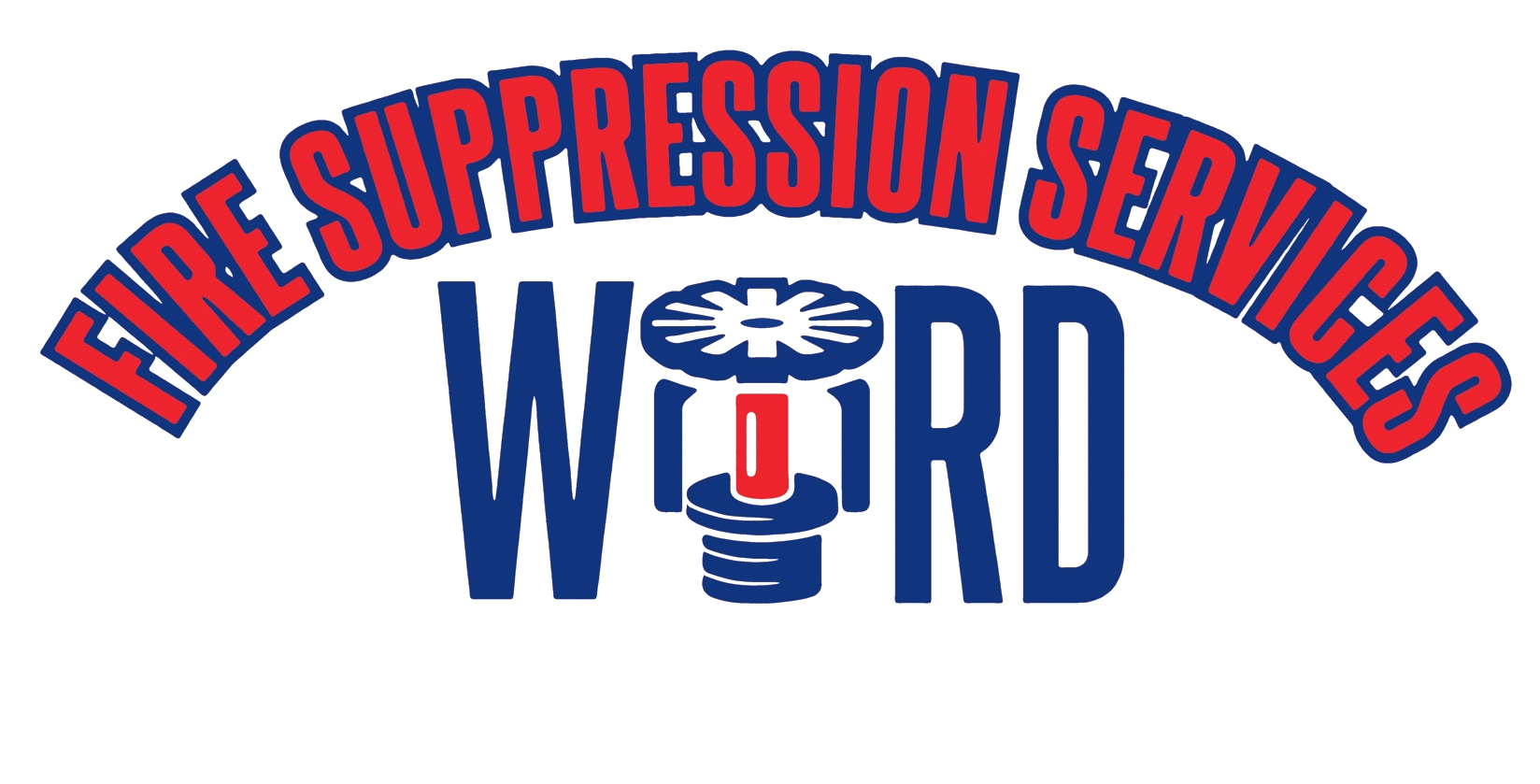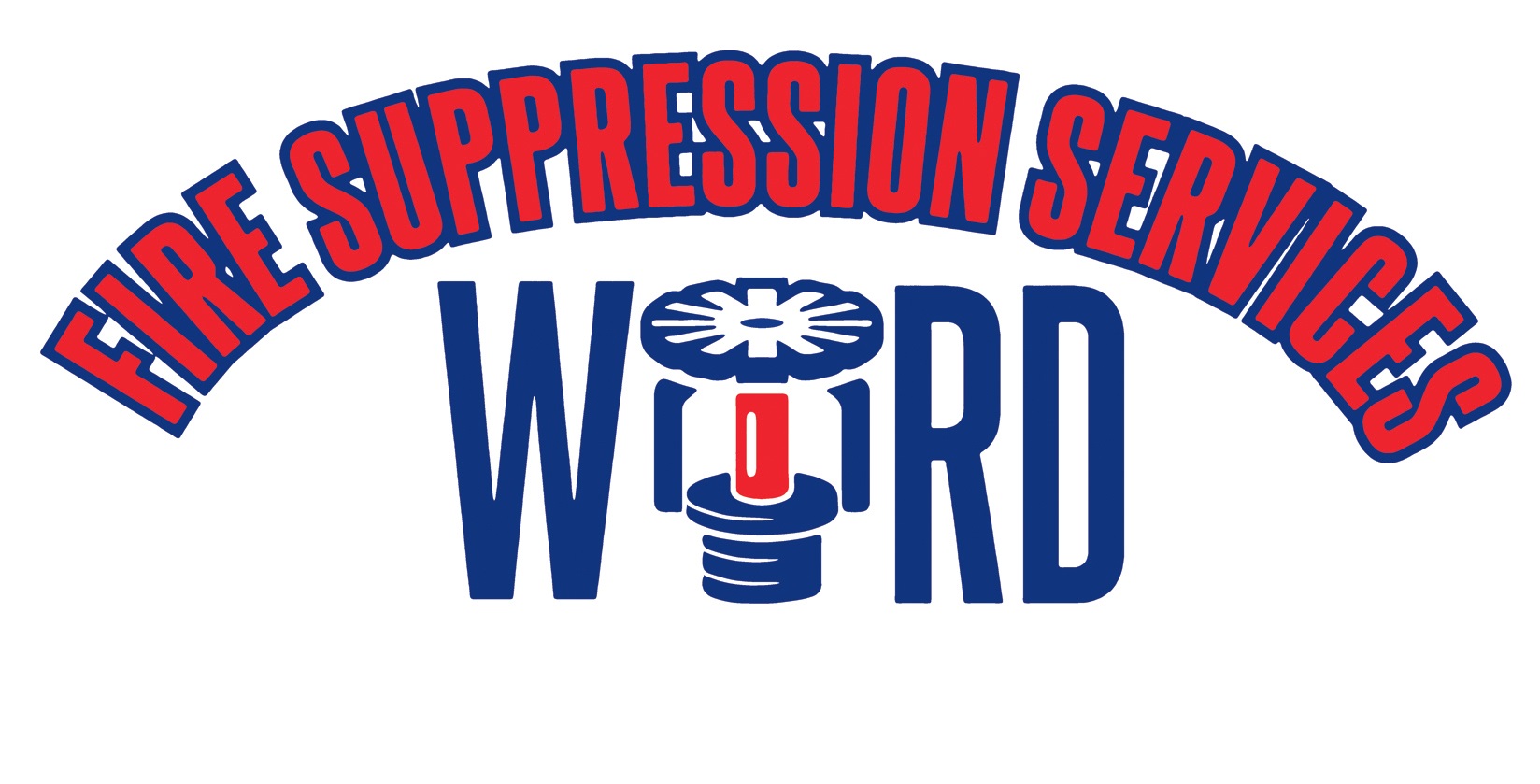
Protecting Fire Systems from Cold-Weather Failures
When cold weather moves in, most facilities shift their attention to heating, insulation, and keeping operations running smoothly. But for fire protection systems, winter brings a different kind of pressure—one that can quietly undermine performance long before a fire ever occurs.
This is why winter is less about suppression and more about protection. A sprinkler system can’t do its job if cold weather has already damaged the pipes, valves, or equipment behind the scenes.
Why Cold Weather Creates Hidden Fire Risks
Winter stresses fire systems in ways that aren’t always obvious. Pipes in stairwells, loading docks, garages, and poorly insulated mechanical rooms can drop below freezing temperatures, even if the rest of the building stays warm. That’s when trouble starts: water inside the pipe expands as it freezes and can crack or split the line.
You won’t know it’s happened until the temperature rises and the system floods the space…or until it fails to deliver water during an emergency!
The Drum Drip: A Small Device with Big Responsibility
For buildings with dry sprinkler systems, winter protection hinges on something many people overlook: the drum drip.
As temperatures fall, condensation forms inside dry pipes. That moisture must be drained repeatedly throughout the winter—sometimes weekly—because once that water freezes, it can travel deeper into the system and block water from reaching the sprinklers.
A drum drip that isn’t maintained is one of the quickest ways a system becomes compromised without anyone realizing it.
Winter Increases Mechanical Stress
Heating equipment works harder, boilers cycle more often, and drafty areas experience rapid temperature swings. All of this affects the fire protection system. Alarms, pumps, riser rooms, and valves need extra attention to ensure nothing seizes, overheats, or loses power at a critical moment.
Protection during winter means verifying everything behind the scenes is functional, not waiting for suppression equipment to prove it isn’t.
Why Early Action Saves Money
NFPA requires internal pipe inspections every five years, and winter is one of the most telling times to check for buildup or blockage. Internal obstructions don’t just reduce water flow—they prevent suppression from working altogether.
Replacing a small section of pipe early is almost always cheaper than repairing a full freeze-up or water damage incident. That’s the cost difference between protection and suppression.
Prepare Before Temperatures Drop
Winter failures are preventable. With the right inspections and maintenance, you can avoid burst pipes, clogged drum drips, valve room freeze-ups, and emergency repairs.
Ward’s winter-prep services focus on proactive protection, not reactive cleanups.
For help getting your building ready for cold weather: contact Ward today at (516) 231-5345 to schedule.

